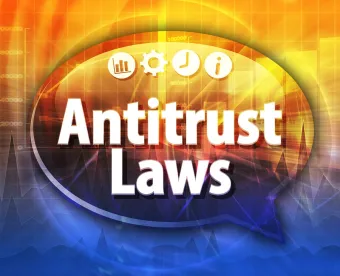WHAT HAPPENED:
-
On August 7, the FTC published a new Model Timing Agreement. Timing agreements are agreements between FTC staff and merging parties that outline the FTC’s expected timing for various events in order for it to conduct an orderly investigation during a Second Request.
-
The FTC expects the Model Timing Agreement to be used as drafted (or in a similar form) for all transactions that receive a Second Request. The FTC has used timing agreements frequently in the past, as has the DOJ, but the FTC has now published a model, which means this is likely to become the standard practice moving forward.
-
Parties are not required to enter into a timing agreement. However, in practicality, if parties do not agree to the timing agreement, the agency will proceed as if it must be in court to block the deal within 30 days of compliance. Therefore, it will prepare for litigation and will not consider settlement options or engage with the parties on the issues in the same way it would if the agency had more time under a timing agreement.
-
Some highlights of the new Model Timing Agreement are provided below (Note: All days listed refer to calendar days):
-
Parties must provide 30 days’ notice before certifying substantial compliance, and such notice cannot be provided until at least 10 days after signing the timing agreement.
-
Parties cannot close a proposed transaction until a specified time period after substantial compliance with the Second Request. The model indicates this will be 60 days in less complex matters or 90 days in more complex matters, but could be longer than 90 days in “matters involving particularly complicated industries.”
-
Parties must provide 30 days’ notice before consummating the proposed transaction and cannot provide notice more than 40 days before the date on which they have a good faith basis to believe they will have cleared other closing conditions and will be able to complete the transaction, absent an FTC action to block the transaction.
-
The agreement includes a stipulated Temporary Restraining Order (TRO) which will be entered in the event of a challenge. The TRO prevents the parties from consummating the transaction until after five days following a ruling on a motion for preliminary injunction.
-
The timing agreement contains other timing-related provisions such as for document productions and investigational hearings as part of the FTC’s investigation.
-
WHAT THIS MEANS:
-
Though the Model Timing Agreement does not affect the statutory expiration of the HSR waiting period, it commits the parties not to consummate the transaction for a much longer period and, therefore, effectively extends the waiting period far longer than the 30 days specified under the HSR Act.
-
The 40-day notice required before the closing date means that if there is another condition in the way of closing, such as an ongoing investigation before the European Commission or in China, the parties cannot provide their notice of the anticipated closing date to the FTC. The FTC will not be forced to litigate until the parties are in a position to complete their transaction in the near term, absent an FTC challenge.
-
The FTC has made clear that parties either have to sign up to a much longer period for the HSR review process than the statute specifies or be in an adversarial posture that is less likely to lead to the agency closing its investigation or settling the matter and more likely to lead to a court challenge.




 />i
/>i

